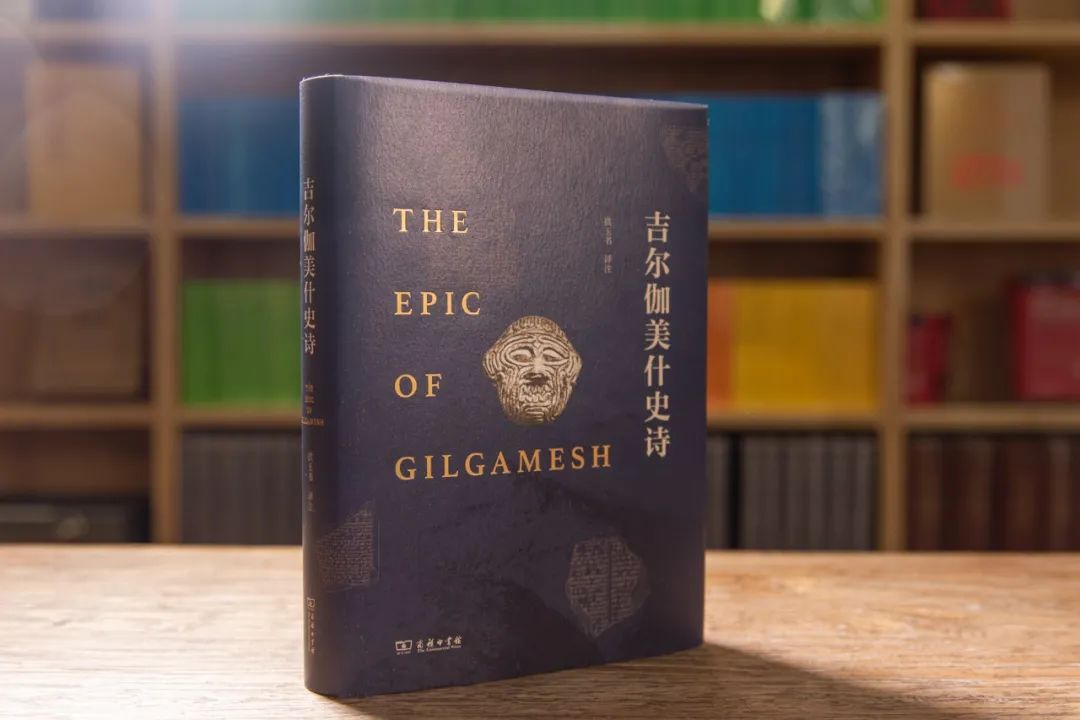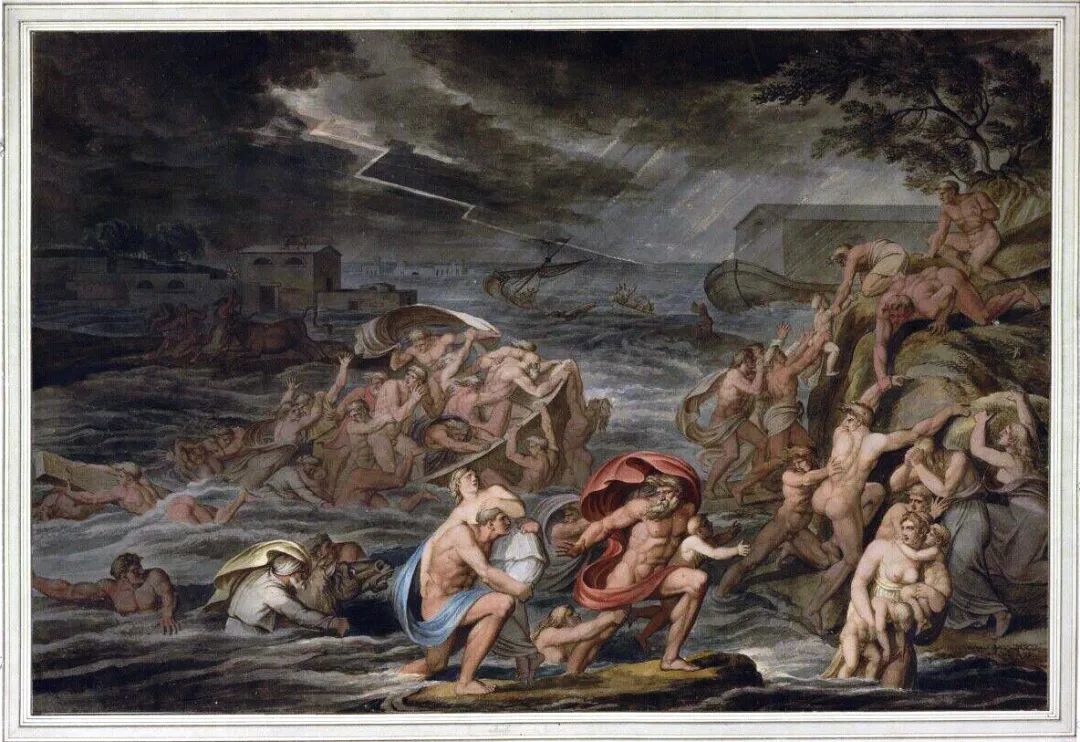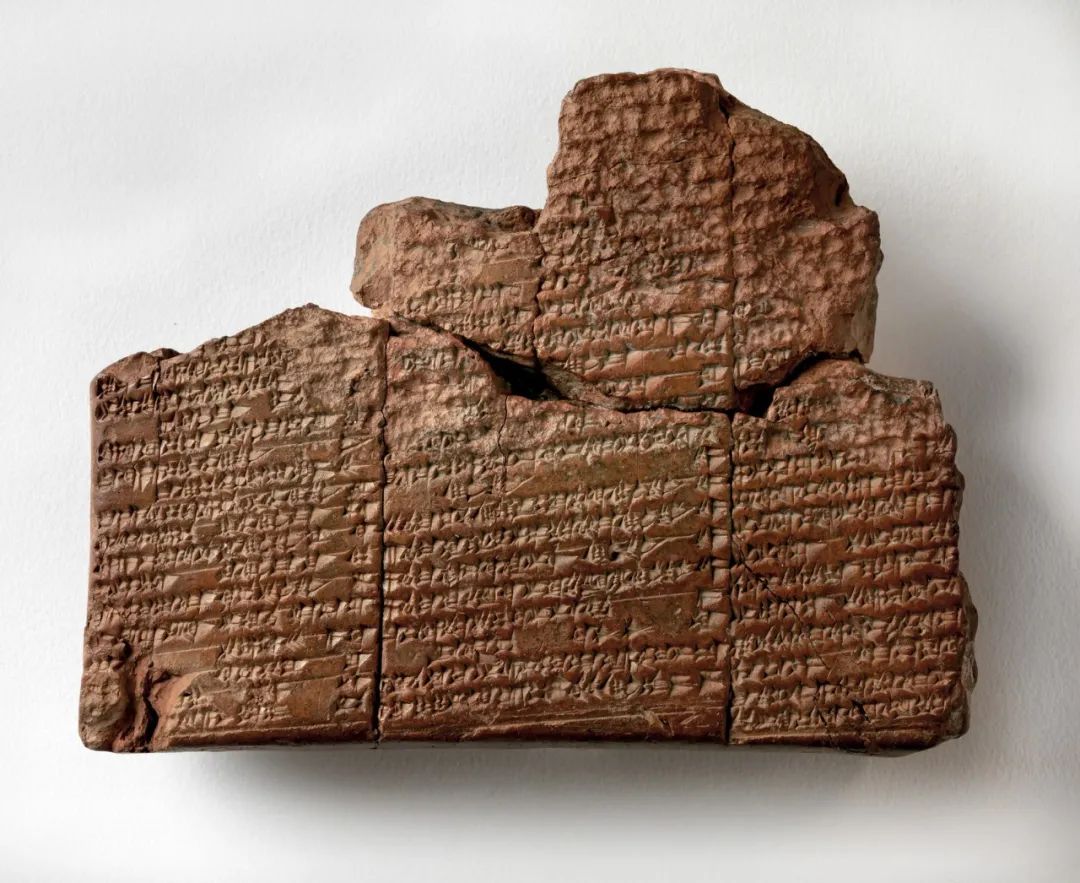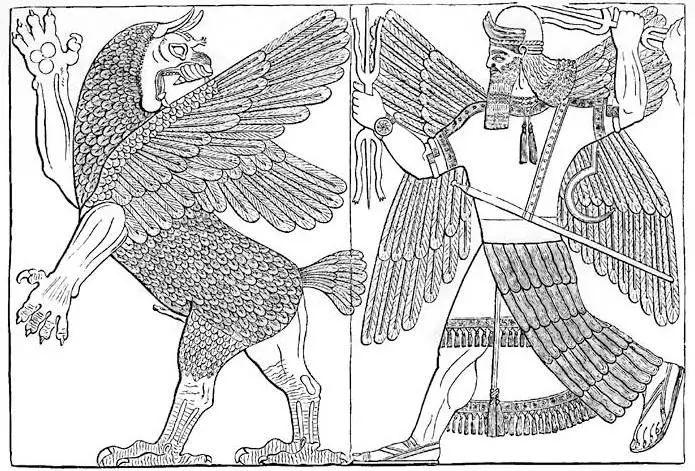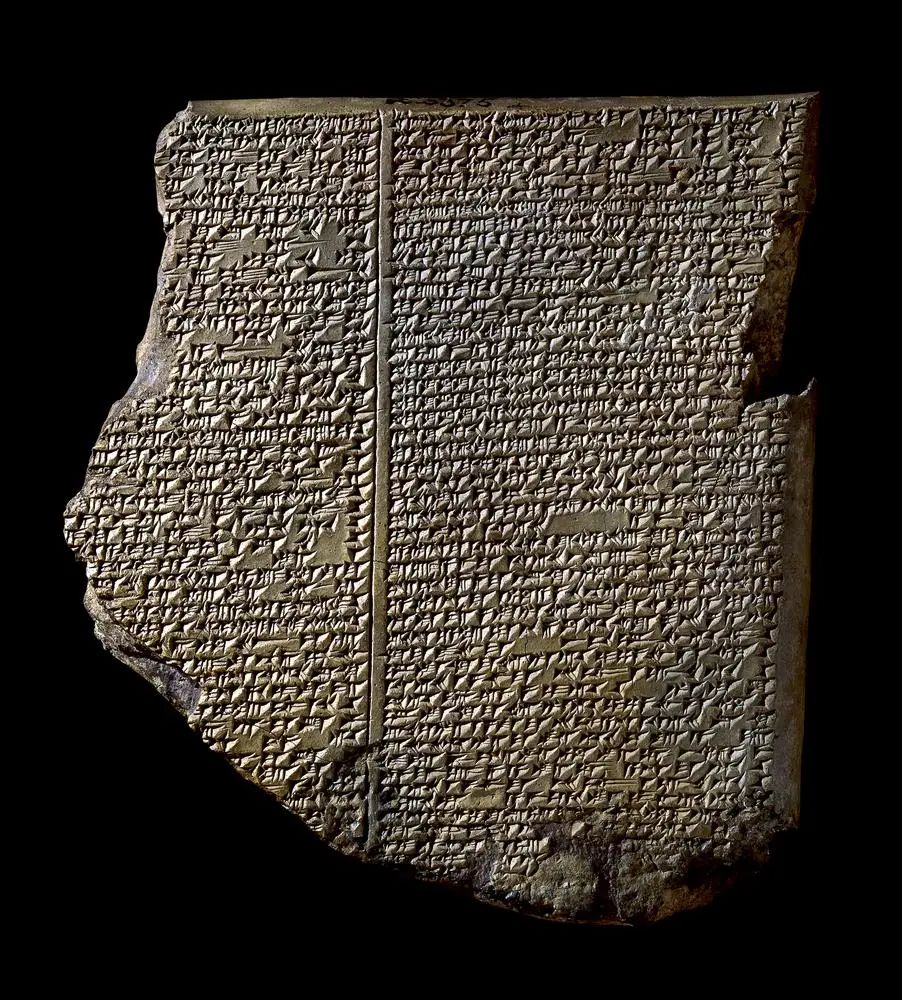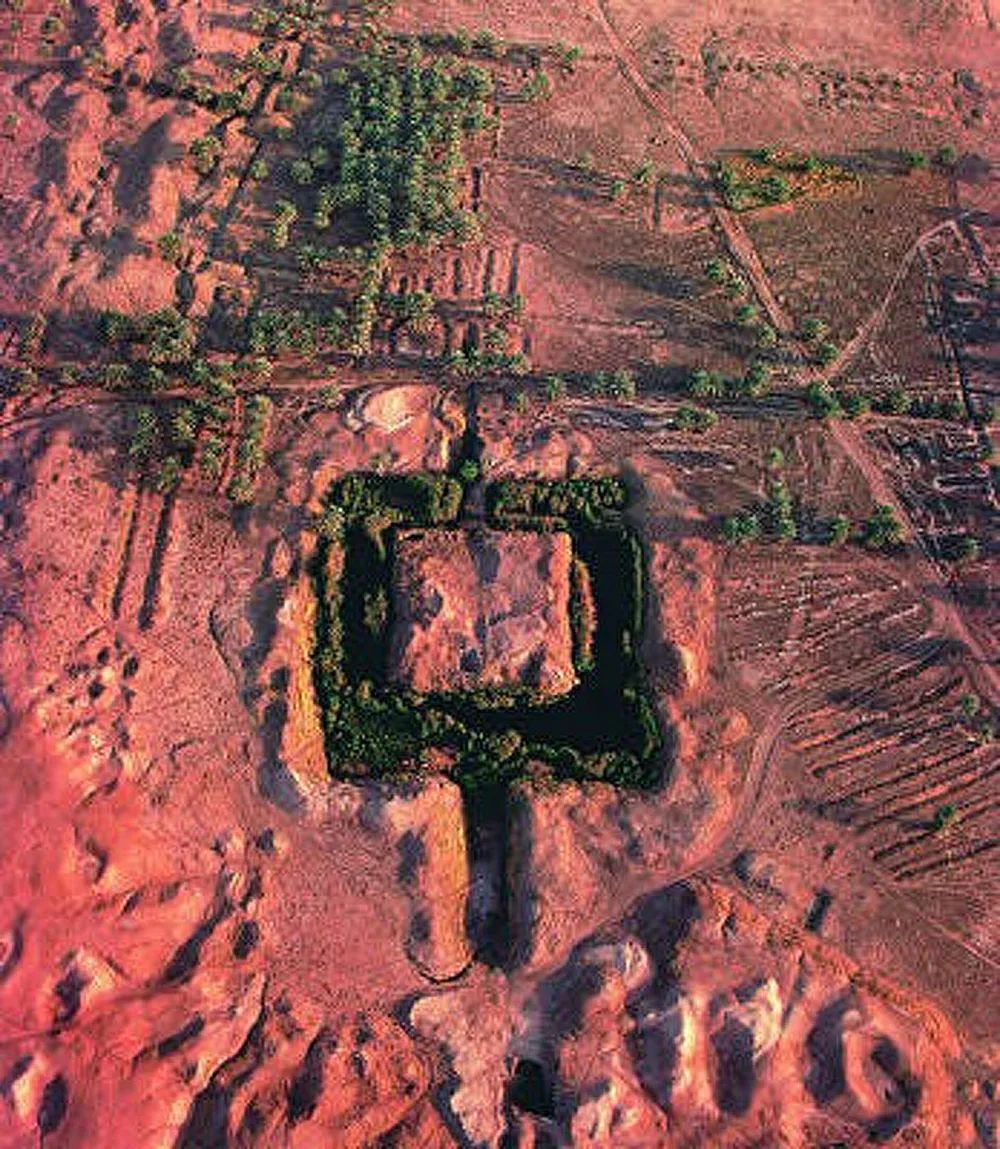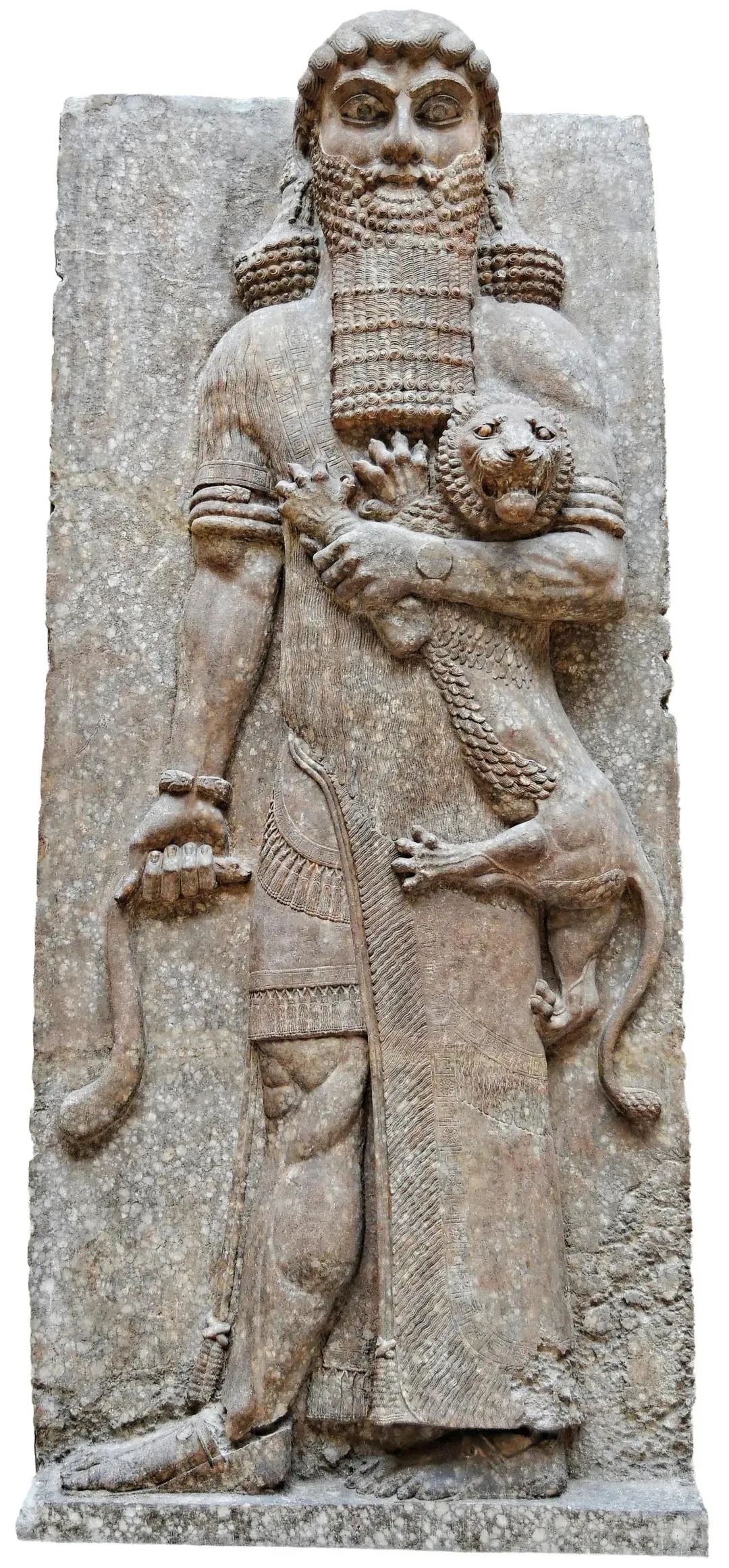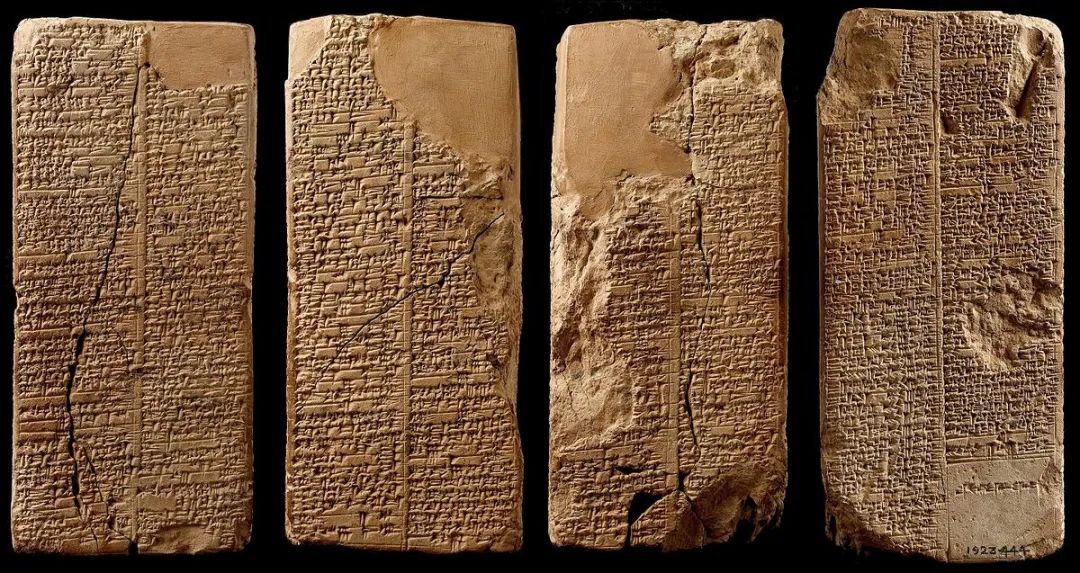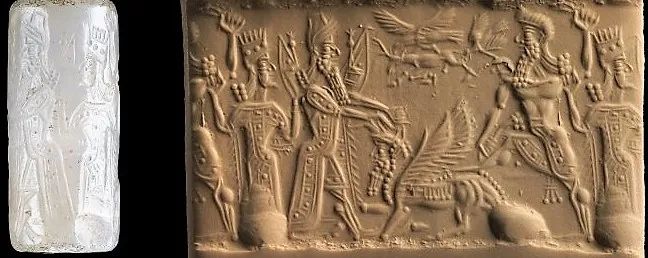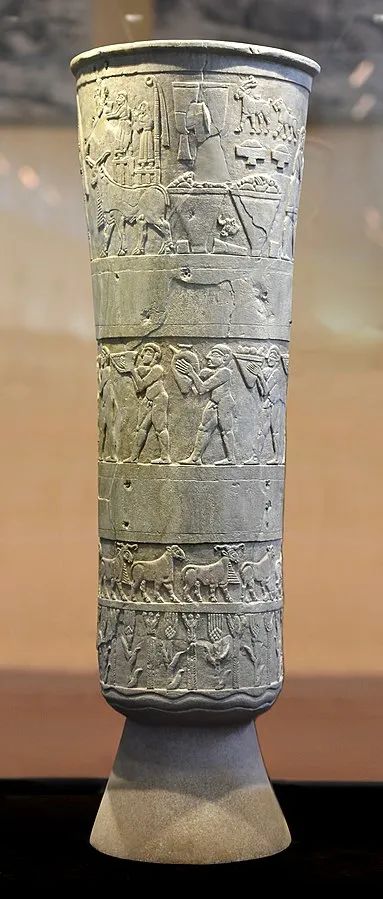[1] 关于贝洛索斯,见拱玉书:《西亚考古史,1842—1939》,文物出版社,2002年,第22—25页。
[2] 苏美尔洪水泥版的编辑与研究有很多,推荐ETCSL (http://etcsl.orinst.ox.ac.uk/) 1.7.4: The Flood Story;亦S.N.Kramer, “The Sumerian Deluge Myth: Reviewed and Revised”, Anatolian Studies 33 (1983, Special Number in Honor of the Seventy-Fifth Birthday of Dr. Richard Barnett), 第115—121页。
[3] 挪威的“肖恩收藏”(Schøyen Collection)中有一块用苏美尔语书写的洪水泥版,即Schøyen MS 2026,见B.Alster, Wisdom of Ancient Sumer, CDL Press, Bethesda, Maryland, 2005,第32页,注释9。这块洪水泥版文献的成文年代可能是乌尔第三王朝时期。因暂无更多信息,暂且不论。
[4] 关于“道”(ME),见拱玉书:《论苏美尔文明中的“道”》,载《北京大学学报》(哲学社会科学版),2017年,第3期,第100—114页。
[5] ETCSL (http://etcsl.orinst.ox.ac.uk/) 1.7.4: The Flood Story, Segment D, 第1—11行;W.G.Lambert / A. R. Millard / M.Civil, Atra-ḫasīs, The Babylonian Story of the Flood, At the Clarendon Press, Oxford, 1969,第142—144页,第v栏,第201—211行;Th.Jacobsen, “The Eridu Genesis”, Journal of Biblical Literature, Vol.100/4 (1981), 第524页,注释15。
[6] ETCSL (http://etcsl.orinst.ox.ac.uk/) 1.7.4: The Flood Story, Segment E, 第1—11行;W.G.Lambert / A.R.Millard / M.Civil, Atra-ḫasīs, The Babylonian Story of the Flood, At the Clarendon Press, Oxford, 1969,第144页,第vi栏,第251—260行;Th.Jacobsen, “The Eridu Genesis”, Journal of Biblical Literature, Vol.100/4 (1981), 第525页,注释16。
[7] W.G.Lambert / A.R.Millard / M.Civil, Atra-ḫasīs, The Babylonian Story of the Flood, At the Clarendon Press, Oxford, 1969,第144页,第vi栏,第256—257行。
[8] 史密斯称之为“The story of Atarpi or Atarpi-nisi”,见G.Smith, The Chaldean Account of Genesis, Scribner, Armstrong & Co., New York, 1876, 第153页。一个半世纪之前的史密斯能把书写“阿特拉哈西斯”的几个楔形文字符号读到这种程度,相当了不起。在这部著作中,史密斯把书写“吉尔伽美什”的三个楔文符号读作Izdubar,虽然读音不正确,但符号识别完全正确。楔文的一个显著特点是一字多音,在没有古代“字表”或双语文献参照的情况下,专有名词或复合字的读音很难确定。史密斯的读音虽然不完全正确,却为后人奠定了提升的基础。
[9] W.G.Lambert / A.R.Millard / M.Civil, Atra-ḫasīs, The Babylonian Story of the Flood, At the Clarendon Press, Oxford, 1969, 第42页。
[10] 同上注,第42页,第1—2行。
[11] 关于这位书吏的名字,学界有不同解释,有人释为Ellet-Aya,或Mullil-Aya, 有人释为Kasap-Aya,“阿雅之银”,有人释为Ku-Aya,同第23页注释4,第31页及同页注释1;也有人释为N駌-Aya,“阿雅之光”,最新的解释是Ipiq-Aya,“阿雅之保护”,见C.Wilcke, “Weltuntergang als Anfang, Theologische, anthropologische, politisch-historische und Aethetische Ebenen der Interpretation der Sintflutgeschichte im babylonischen Atram-ḫasīs-Epos”, 载Adam Jones (主编), Weltende, Beiträge zur Kultur- und Religionswissenschaft, Harrassowitz Verlag, Wiesbaden, 1999, 第68—69页,注释10。本书采用了最新观点。
[12] W.G.Lambert / A.R.Millard / M.Civil, Atra-ḫasīs, The Babylonian Story of the Flood, At the Clarendon Press, Oxford, 1969,第90页,第42—46行。
[13] S.Dalley, Myths from Mesopotamia: Creation, the Flood, Gilgamesh, and Others. Oxford University Press, Oxford, 1989, 第30页。
[14] W.G.Lambert / A.R.Millard / M.Civil, Atra-ḫasīs, The Babylonian Story of the Flood, At the Clarendon Press, Oxford, 1969,第92页,第41行。
[15] 同上注,第48—49行。
[16] 见本书《史诗》译文,第十一块泥版,第148—156行。
[17]《圣经·创世记》第八章,第6—12节。
[18] W.G.Lambert / A.R.Millard / M.Civil, Atra-ḫasīs, The Babylonian Story of the Flood, At the Clarendon Press, Oxford, 1969,第98页,第5栏,第35行。
[19] 见本书《史诗》译文,第十一块泥版,第183—184行。
[20] 同上书,第185—186行。
[21] C.F.Lehmann-Haupt,“Berossos”, Reallexikon der Assyriologie 2 (1938), 第4页。
[22] 关于波利希斯托转述的洪水故事,英译本见W.G.Lambert / A.R.Millard / M.Civil, Atra-ḫasīs, The Babylonian Story of the Flood, At the Clarendon Press, Oxford, 1969,第135—136页;德文与希腊文对照版,见P.Schnabel, Berossos und die babylonisch-hellenistische Literatur, Verlag und Druck von B.G.Teubner, Leipzig · Berlin, 1923, 第264—266页。此处转述的是大致内容,不是逐字逐句翻译。
[23] 克罗诺司的角色相当于恩基/埃阿,但他们的名字在语言学上没有关联。
[24] 马其顿历的8月,相当于巴比伦历的2月,公历的4月21日至5月20日。
[25] 1码=0.9144米。
[26] 英译本见W.G.Lambert / A.R.Millard / M.Civil, Atra-ḫasīs, The Babylonian Story of the Flood, At the Clarendon Press, Oxford, 1969, 第136页。
[27] 这两个王表中的“洪水肆虐后”是这种说法的最早文献证据,见C.Wilcke, “Weltuntergang als Anfang. Theologische, anthropologische, politisch-historische und Aethetische Ebenen der Interpretation der Sintflutgeschichte im babylonischen Atram-ḫasīs-Epos”, 见Adam Jones (主编): Weltende, Beiträge zur Kultur- und Religionswissenschaft, Harrassowitz Verlag, Wiesbaden, 1999, 第66页;亦见W.G.Lambert / A.R.Millard / M.Civil, Atra-ḫasīs, The Babylonian Story of the Flood, At the Clarendon Press, Oxford, 1969, 第139页。
[28] 参见本书《史诗》译文,第十一块泥版,第97—108行,其他两个版本的相关内容残缺严重。
[29]C.F.Lehmann-Haupt, “Berossos”, Reallexikon der Assyriologie 2 (1938), 第4页。
[30] M.Lang, “Book Two: Mesopotamian Early History and the Flood Story”, 见J. Haubold / G.B. Lanfranchi / R. Rollinger / J. Steele (主编), The World of Berossos, Proceedings of the 4th International Colloquium on ‘The Ancient Near East between Classical and Ancient Oriental Traditions’, Classica et Orientalia 5, Hatfield College, Durham 7th-9th July 2010, Harrassowitz Verlag, Wiesbaden, 2013, 第50页,以及注释24。
[31] A.R.George, The Babylonian Gilgamesh Epic: Introduction, Critical Edition and Cuneiform Texts, Oxford University Press, New York, 2003,第708页,第85—86行;亦见本书《史诗》译文,第十一块泥版,第85—86行。
